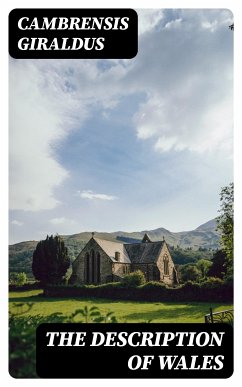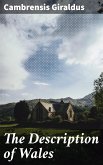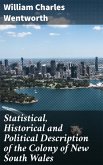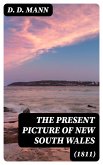In 'The Description of Wales' by Cambrensis Giraldus, readers are treated to a detailed and informative account of Wales in the Middle Ages. Written in a scholarly and historical style, the book provides a comprehensive overview of the landscape, people, and customs of Wales during this period. Giraldus' work is considered a valuable resource for those interested in medieval history and Welsh culture, as it offers rich descriptions and insights into the region. The book is stylistically written in a captivating and engaging manner, making it accessible to a wide audience of readers. The literary context of the book is one of historical documentation and preservation, as Giraldus aimed to provide an accurate portrayal of Wales for future generations to study and appreciate. Cambrensis Giraldus, a renowned scholar and clergyman, was uniquely positioned to write 'The Description of Wales' due to his firsthand experiences and extensive knowledge of the region. As a native of Wales, Giraldus had a deep connection to the land and its people, which is reflected in the intimate and detailed account he provides in the book. His background in theology and history further equipped him to write a work that is both informative and insightful. I highly recommend 'The Description of Wales' to anyone interested in medieval history, Welsh culture, or historical literature. Giraldus Giraldus' meticulous research and engaging writing style make this book a must-read for those seeking a deeper understanding of Wales in the Middle Ages.
Dieser Download kann aus rechtlichen Gründen nur mit Rechnungsadresse in A, B, BG, CY, CZ, D, DK, EW, E, FIN, F, GR, H, IRL, I, LT, L, LR, M, NL, PL, P, R, S, SLO, SK ausgeliefert werden.









